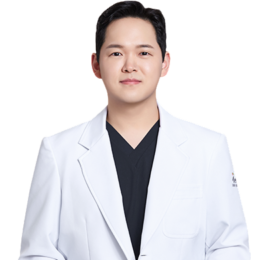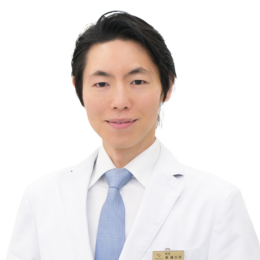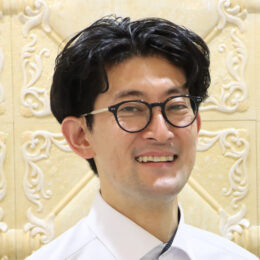
In the field of aesthetics medicine, the use of biostimulators that promote collagen regeneration is attracting attention. In particular, the combination of the PLLA preparation “McCoom7” and the RF device “POTENZA” is attracting the interest of many doctors for its remarkable effects on skin texture improvement and rejuvenation. In this article, we will introduce its clinical applications based on a lecture by Dr. Young Han Seo, representative of Cheong dam 4ever.
- INDEX
- A New Strategy for Collagen Regeneration: The Synergistic Effects of McCoom7 and POTENZA (6:38-)
- The Balance Between Diffusion and Pressure is Key to Selecting Devices for Combined Use with PLLA(9:11-)
- Clinical Results and Future Prospects: The Key to Success Lies in Proper Understanding of Why to Choose This Device (23:50–)
A New Strategy for Collagen Regeneration: The Synergistic Effects of McCoom7 and POTENZA (6:38-)

In the field of skin regeneration and rejuvenation in aesthetics medicine, the combined treatment of PLLA preparation “McCoom7” and RF device “POTENZA” is attracting attention. Dr. Young Han Seo gave a detailed lecture on the use of McCoom7 based on his extensive clinical experience and the “Pumping Technique” that maximizes its effects.
McCoom7 is a next-generation biostimulator containing 80% PLLA and 20% hyaluronic acid, with a spherical, fine particle structure (30–50 μm). Unlike conventional PLLA formulations, it does not settle, disperses uniformly, and has excellent retention and durability within the skin. PLLA stimulates the IL-4/IL-13 pathway and TGF-β, simultaneously inducing collagen synthesis and inhibiting collagen degradation. This promotes skin remodeling.
The Balance Between Diffusion and Pressure is Key to Selecting Devices for Combined Use with PLLA(9:11-)

In order to maximize the effectiveness of PLLA preparations, it is extremely important to consider how they are delivered. Dr. Young Han Seo focused on the combination of POTENZA’s Pumping Tip and McCoom7. By pushing McCoom7 with positive pressure immediately after opening the channel with a needle, the drug can penetrate deeper and over a wider area.
On the other hand, there are precautions when using PLLA in combination with CO₂ fractional laser. If the laser forms a thick coagulation layer, it may impair the diffusion of McCoom7. Therefore, it is crucial to select a laser with mild ablation properties or use a device that allows precise control of RF output. Dr. Young Han Seo primarily uses a 1 MHz monopolar mode and flexibly adjusts the depth setting between 1.25 and 1.5 mm depending on skin thickness and treatment area, enabling precise irradiation of target areas such as the forehead, nasolabial folds, and cheeks.
PLLA is difficult to permeate, so the combination of electroporation or iontophoresis with PLLA is not ideal. Therefore, a design concept that physically secures channels and pushes the solution in with positive pressure is extremely reasonable.
Clinical Results and Future Prospects: The Key to Success Lies in Proper Understanding of Why to Choose This Device (23:50–)


The lecture also presented actual case studies. A 34-year-old male patient showed significant improvement in deep wrinkles on the forehead after three treatments. In a 22-year-old female patient, a combination of Pumping Technique and McCoom7 resulted in clear improvements in skin texture and reduction of scars. Through these case studies, it was confirmed that McCoom7 is an excellent formulation with superior particle fineness and dispersibility, as well as excellent penetration and retention properties.
POTENZA’s Pumping Function delivers maximum results by providing the right pressure, depth, and precise channel opening. The key to achieving high results lies in the physician’s clear understanding of why this device and technique were selected.
As biostimulators diversify and evolve in the future, the choice of which device to combine with biostimulators will be a critical factor in determining the success or failure of treatment. The greatest value lies not simply in administering the formulation, but in “how it is administered”—this is the most important lesson learned from this lecture.



